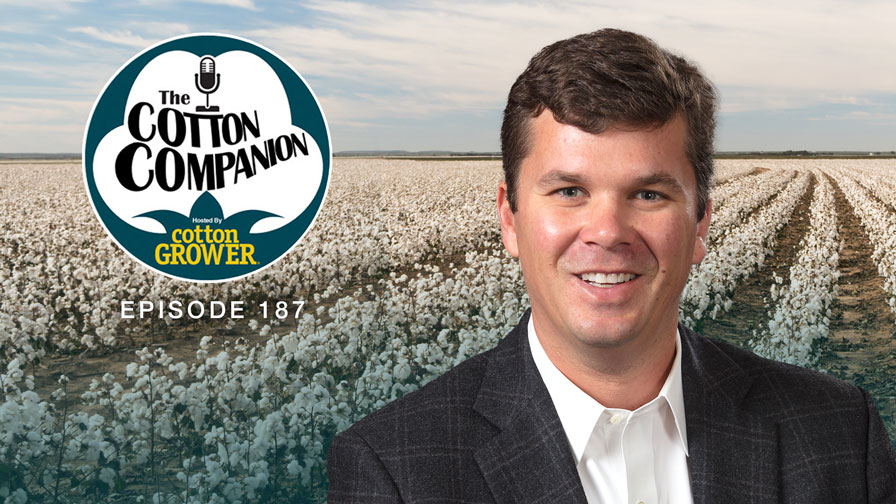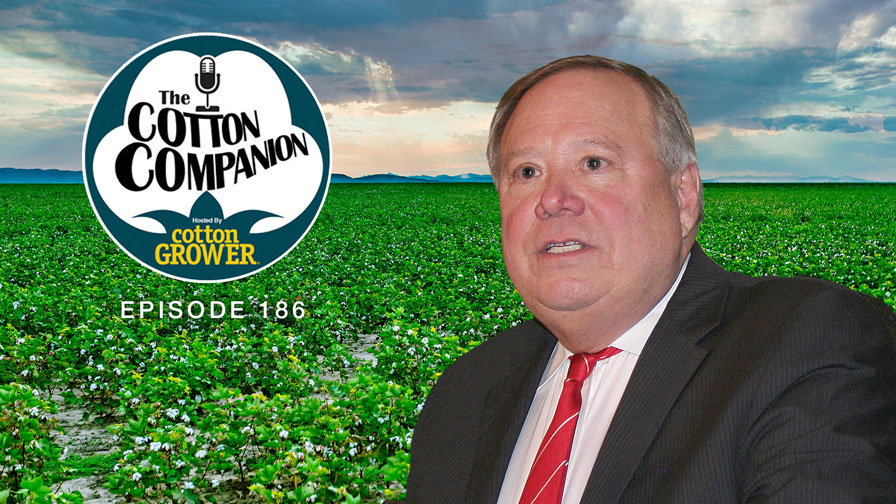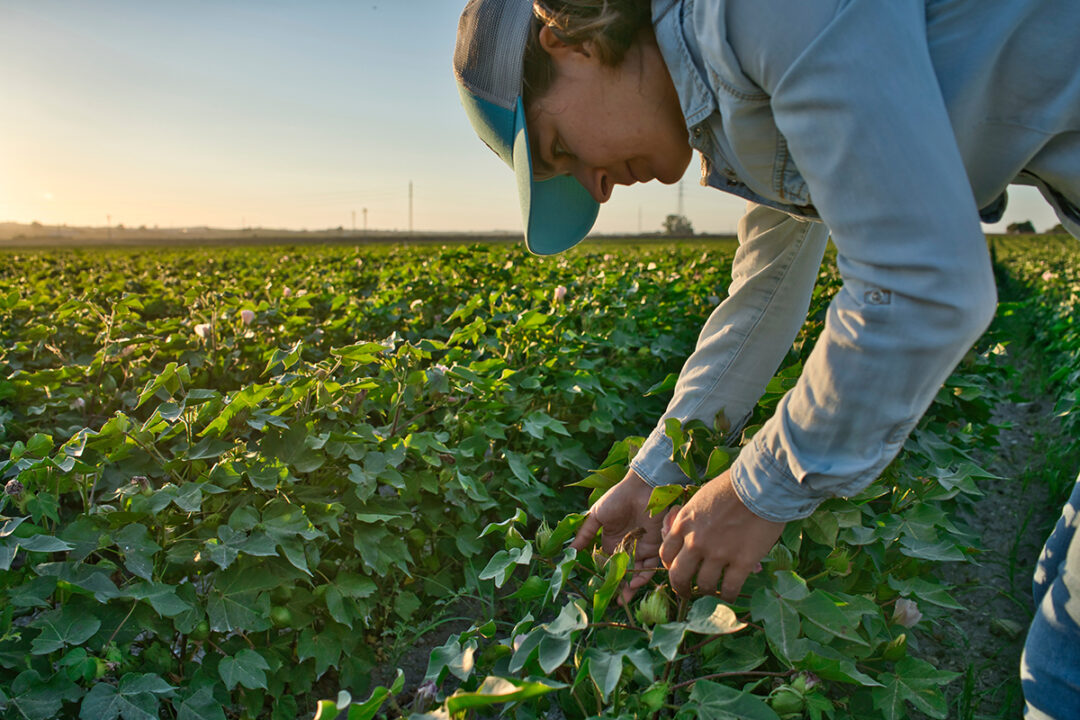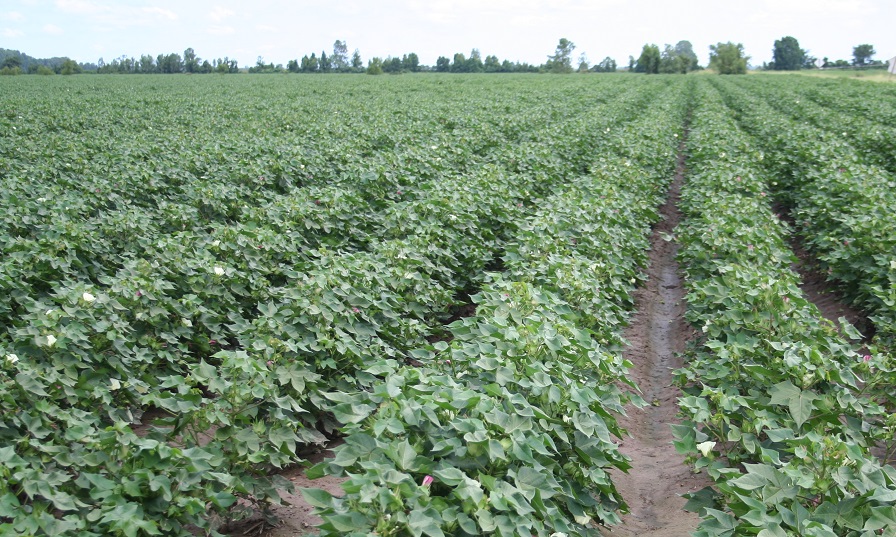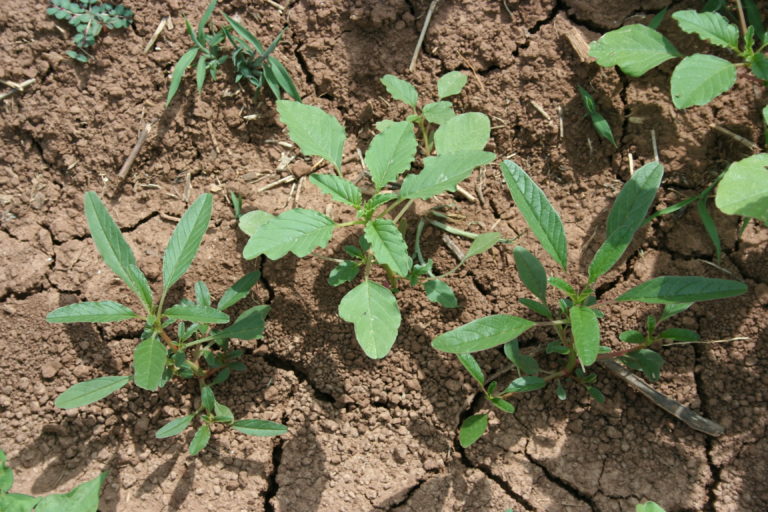Returning to Doha
Though the World Trade Organization’s (WTO) Doha Round is quiet today, National Cotton Council Chairman Larry McClendon is convinced it will be resurrected, and that cotton will once again be the focus. He gave a presentation on the negotiations’ possible conclusion to the members of the press at the 2009 Beltwide Cotton Conference in San Antonio, Texas.
The on going battle with the Doha Round is becoming tedious to all parties involved. At this point, many in the international community are asking why the U.S. does not relent on its position for the sake of a much needed resolution; it’s well known that U.S. leadership will be the deciding factor in an agreement in 2009. McClendon says there is simply nothing else the U.S. can give without threatening the welfare of U.S. farmers.
“We feel like we’ve given way more than other industries have,” McClendon says. “We’ve given the fat. Now we’re down to flesh and blood.”
U.S. officials acknowledge that the talks will most likely resume this year, but McClendon insists that they cannot simply pick up where they left off in the summer of 2008. “We don’t want the Lamy text to be the beginning point of the dialogue,” he said. Lamy suggested U.S. domestic support of the industry should drop from $22 billion to $14 billion. U.S. Trade Representative Susan Schwab says the existing limit has been surpassed in 6 of the past 10 years. Further reductions would be catastrophic and is “not an option,” McClendon says.
McClendon warned that, even though the direct subsidies to cotton growers may not equal the limits proposed, other kinds of industry support, including a number of agricultural programs, do in fact exceed the stated limit. He made it clear that the cotton industry, and U.S. agriculture at large, could not suffer such a loss. To McClendon such a change would “shut down” the U.S. cotton industry.
Hope for Compromise
The positions of the negotiators in the Doha talks remain largely where they were when the discussions halted in July of 2008. India thinks that sizeable agricultural exporters like the U.S. are asking for more new market access than their subsistence farmers can endure. The U.S. continues to argue that what India is offering its producers and manufacturers will not provide enough access to foreign markets to justify any additional U.S. commitments to reform its subsidy practices or cut remaining high tariffs on industrial goods.
New U.S. leadership from the recently inaugurated President Barack Obama, plus a general election in India in the spring, may mean a chance to once again engage in compromise that will unblock the negotiations. World leaders who met in Washington in November 2008, dubbed the “G-20,” acknowledged that establishing the open trading system was a vital component of reforming and strengthening the world economy. But McClendon warns Obama may be distracted now by economic and military challeneges his administration is facing; “New trade agreements probably are not on the front burner,” he said.
The Chinese Factor
“With the death of the U.S. textile industry,” McClendon says, “our growers were forced into the world market. In exchange for reducing subsidies we were promised market access.”
While India and the U.S. clash over the subsidy/access exchange is well known, China is also a major factor in the U.S.’s hesitation to make an agreement, according to McClendon; “You can’t talk about market access without talking about China.”
The U.S. textile industry once represented 10% of the global industry, but now it is a mere 3%. China now has 40%. Despite this large market share, the WTO rules designate China as a “developing” country and require the U.S., as a “developed” country, to allow China flexibilities. Developing countries have certain flexibilities, such as tariff lines, that are used to gain trade advantages, McClendon says. The tariff lines are 5% of imports and can be designated by the country. Agricultural goods, often including cotton, are often are utilized when exercising these exceptions.
“However vast their consumption is, China is exempt from the Doha talks,” he says. The U.S. is, he reports, frustrated by China’s inclusion in the “developing” category, meaning their foot print on the world textile industry is ignored in negotiations.
In light of China’s recent production explosion, McClendon sees the situation as being particularly unfair. “The world’s production has very quickly increased from 100 million bales to between 120 and 125 million bales in the past few years. All the while, U.S. cotton has been experiencing a decline. We are being excluded from all this growth of world textiles,” he says.
But the economic downturn will have an affect on all nations involved. China announces an import quota each year, but monitoring those imports is more complex. This year only 6 million bales are expected to be imported, which means it is doubtful the U.S. will retain its usual 4 million bales of imports to China.
Moving Forward
In short, concludes McClendon, U.S. cotton was guaranteed, in exchange for the domestic support cuts, global market access. But with the tariff lines and other ambiguities and exceptions for developing countries, McClendon says, this promise isn’t being honored. “We’ve ratcheted down support and gotten zero for it.”
Of course Europe and the U.S. cannot expect to be paid dollar-for-dollar in concessions to remove their trade-distorting farm subsidies. But they can justifiably necessitate China, India, Brazil and other quickly-developing economies to place new caps on their tariffs and to lessen them in a fair way.
When asked what it was he wanted, to make trade talks successful, McClendon responded, “Either a fair shake in China or bilateral agreements that are conducive to cotton with countries who want to play fairly.”



